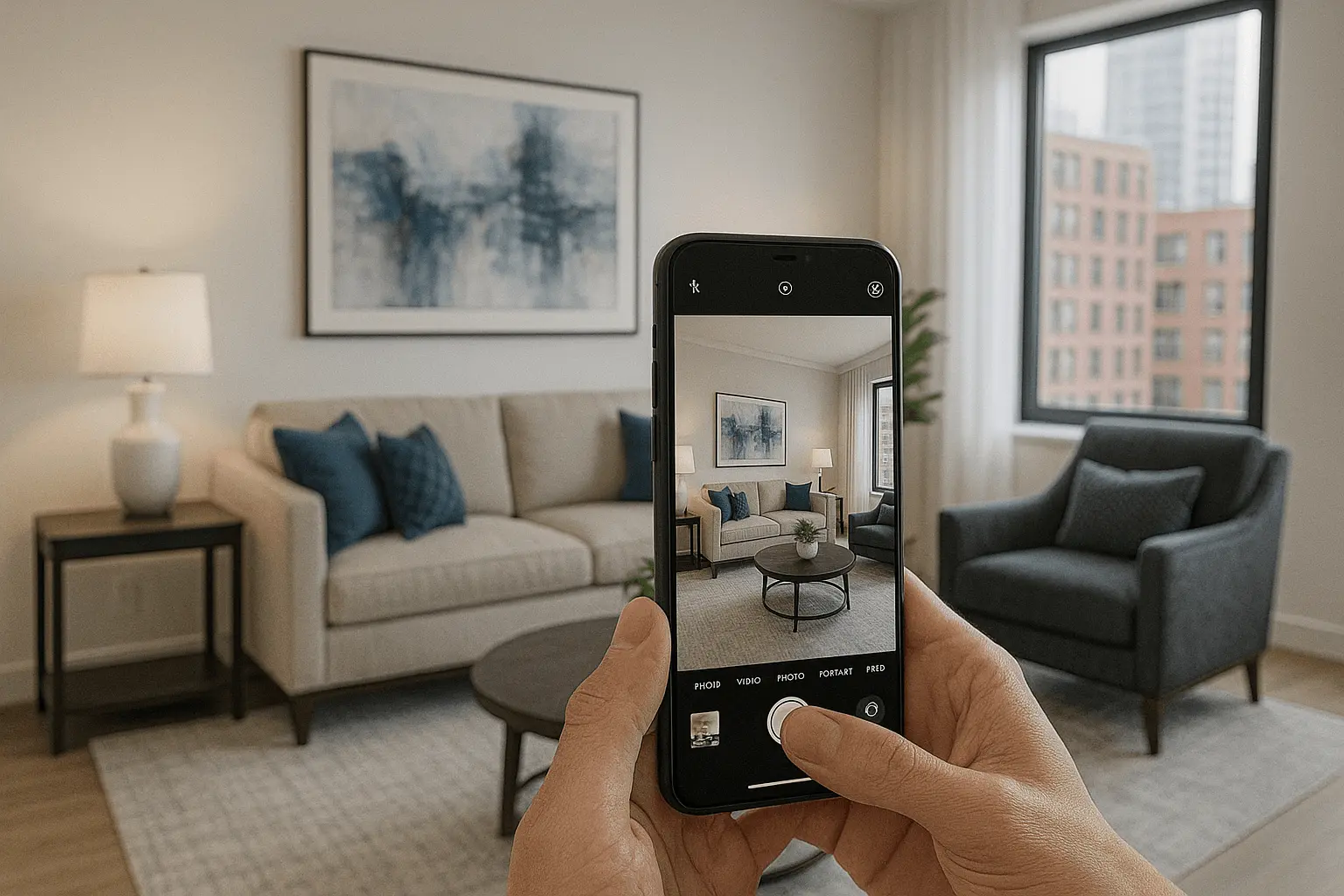Common Mistakes to Avoid When Using Virtual Staging Services
Among real estate agents, homeowners, and photographers who desire to make properties appear more attractive online, virtual staging has been a popular favorite. A plain room can be turned into a cozy and welcoming environment with the help of a few digital touches that would allow buyers to see themselves in that room. Nevertheless, as much as virtual staging is a magic, it is applicable in the wrong hands, and it may actually cause more harm than good. Let us examine some of the pitfalls that can befall a person who makes use of virtual staging services and how you can evade them.
1. Overlooking the Actual Dimensions and Plan of the Room
Among the most common errors that should be made in virtual home staging is the inability to align the virtual furniture with the actual size of the room. Buyers will immediately become aware that something is wrong when a couch is too small or a table looks disproportionate.
Tips: Be sure you are measuring the space or give the correct photos to the staging team before you apply design virtual staging. The closer the proportions are to the actual ones, the more natural and credible the end results will be.
2. The Application of Unrealistic or Overly Perfect Designs
It is tempting to make the place of residence look perfect. Virtual staging AI tools are used by many individuals to produce a magazine-like interior. Nonetheless, when the end pictures appear too good to be true or too artificial, the purchasers will be disappointed after viewing the property.
Tip: Keep it real. Select the furniture and decoration accordingly to the real style and pricing of the property. The apartment should not be like a penthouse. Adopt natural lighting, neutral colors, and simple designs that will attract a majority of buyers.
3. Omitting To Share The Details that the Photos are Staged Virtually
Transparency matters. Other sellers post practically staged images without making it known. This may create mistrust, whereby the potential buyers visit the property and end up seeing empty rooms rather than furnished rooms.
Tips: It is always good to have a little note stating the fact that images are virtually staged. It ensures that things are straight and business, and yet it conveys to the buyers the potential of the home.
4. Being too Addicted to Stuff in Space
Although virtual staging assists in making a space come to life, excessive addition of items makes the photo seem overcrowded and disorganized. The additional chairs, wall arts, or decorations may distract attention from the room itself.
Tip: Stick to the rule of less is more. Living rooms should only have the necessary items, such as a sofa, a rug, and a coffee table. The intention is to make the space visible, and not to conceal it behind the virtual furniture.
5. Poor Quality or Inconsistent Photos
The virtual staging cannot improve blurry or dark photos, even with the best. Poor images will render the end product unprofessional and may lower the interest of buyers.
Hint: Use high-resolution, bright photos. Where feasible, natural daylight should be used. Regular lighting and camera focuses assist the virtual staging crew in developing realistic effects that blend well with the surroundings.
6. Selecting the Inappropriate Virtual Staging Service
The quality is not the same in all virtual staging companies. Others are overly dependent on automated programs, whereas others depend on professional designers with knowledge of the actual interiors. The incorrect choice of the service may give clumsy, unnatural outcomes.
Hint: You should consult some examples of their work before committing. Preferably, seek a team that integrates professional designers with virtual staging AI tools. This balance is accurate and creative.
7. Ignoring Buyer Preferences
Every market is different. An apartment design that suits a downtown apartment may not suit a buyer who does not need to be in the suburbs with his or her family.
Hint: Put your target audience into consideration. In case you have young employees as your prospective customers, modern furniture may be the right choice. A comfortable and functional space will be more relevant to families.
Final Thoughts
One of the most influential tools of marketing real estate currently is virtual staging. It will save money, time, and human resources, and allow buyers to see the real potential of a property. However, its application is the key to success. Do not have unrealistic designs, low-quality pictures, and excessive decoration. Get clear and select the appropriate service that has an appreciation of design and technology.
Virtual staging, when applied intelligently, will transform any vacant area into a dream house that will sell better and be more appealing.






